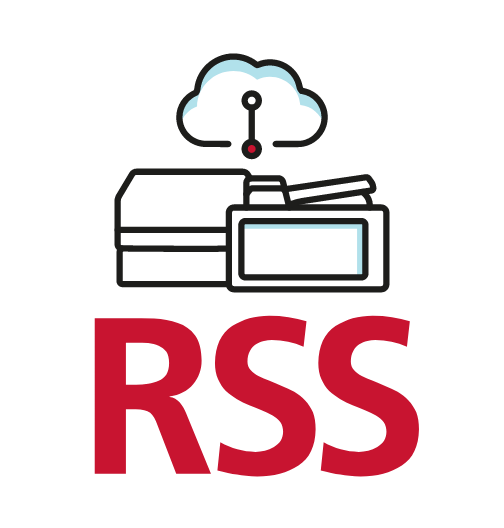
How to protect information in print environments? Tips to achieve it
According to IDC, about 44% of Latin American companies increased their cybersecurity investments in 2021 due to the rise of remote and hybrid work and the use of cloud services, as well as the explosion in data volume.
According to IDC, about 44% of Latin American companies increased their cybersecurity investments in 2021 due to the rise of remote and hybrid work and the use of cloud services, as well as the explosion in data volume. Workflows often expand across devices, networks, and regions.
However, when developing their cybersecurity strategy, many companies are not aware that they need security in their print and document management infrastructures, so security on multifunctional printing devices (MFPs) is not on their list of priorities. They have to take into account that printing has become very smart: an MFP not only has the technology to optimize the workspace, but it also provides a lot of data on how people work and represents a large input, output, and storage of business data.
At this point, the most common risks within companies concerning MFPs are unauthorized access and use, attacks from outside the company, or the loss of confidential data, customer records, or sensitive information.
When we talk about security, we include these main aspects:
- Authentication of authorized personnel; verifies that whoever wants to use the exposed functions or services is who they say they are and that they are authorized to perform the operation.
- Protection against malware on the devices.
- Hard disk wipe.
- Device management: Single security audit panel, password management, monitoring, and alerts.
- Operating system protection: Secure boot through the Secure Platform Module (TPM).
- Image overwrites and removable storage support.
- Data encryption
- Firmware updates and password management.
- Compliance with industry standards.
It is also important to follow these tips:
Protect your device with a password. Modify and update the default password. Factory-installed passwords can be easily located in manuals. MFPs have information such as IP addresses of file or mail servers, network file addresses, or mail addresses that can be used by attackers.
Generates more levels of security at the MFP through:
Disable unused management protocols. Leave an IP-based application layer protocol SNMP (Simple Network Management Protocol) enabled for print management software and enable HTTPS (HyperText Transfer Protocol Secure) communication.
Eliminate unnecessary protocols (FTP, IPP, Bonjour, SMB, IPX/SPX). Be sure to check with your service provider for more detailed information.
On some MFPs you can configure the list of IP addresses of the devices with which it can communicate, i.e. an access control list (ACL). The MFP will not communicate with any other device unless its IP address is on the ACL.
Locks down control of the MFP using built-in account controls or optional access control software. These features allow only authorized users to access the MFP's network credential base or account codes. Some MFPs allow function-level control, where users can copy anything, they want, but when scanning, faxing, or printing, they need to log in.
Today's workspaces are more connected than ever, and untold amounts of information storage can be accessed remotely, which means that security is an indispensable requirement and a priority.
There is no doubt that the role of the MFP vendor has evolved far beyond transactional, one-dimensional hardware provision to actual data management and control. The capabilities of MFPs now encompass information capture of multichannel inputs, classification of captured data, and workflow integration for secure storage and analysis. In this complex web of stringent regulatory and retention requirements, coupled with internal and external threats that put records at risk of loss, it is imperative to have a vendor that has an approach for companies to ensure that their print systems are comprehensively protected.
In conclusion, the modern digital workplace is as dynamic as the cyber threats it faces. A combination of security threats, legislative requirements, and complex industry standards means that the potential for reputational and fiscal damage has never been greater. Now is the time to work with a trusted and highly experienced partner like Ricoh to protect your most important business assets in this era of the information economy.
For more information, visit: https://www.ricoh-americalatina.com/en





